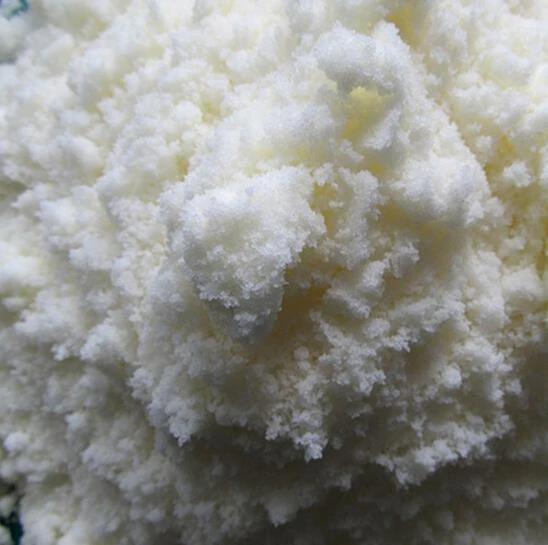



Comparison of Calcium Ammonium Nitrate and Calcium Nitrate for Agricultural Use
Calcium Ammonium Nitrate vs. Calcium Nitrate A Comparative Overview
When it comes to agricultural fertilizers, understanding the differences between calcium ammonium nitrate (CAN) and calcium nitrate (Ca(NO3)2) is crucial for optimizing plant growth and soil health. Both compounds serve as important nutrient sources for crops, but their chemical compositions, nutrient availability, and effects on soil structure distinguish them from one another.
Calcium ammonium nitrate is a compound fertilizer that contains both calcium and nitrogen. It is typically composed of approximately 27% nitrogen, with about half in the ammonium form and the other half in the nitrate form, along with around 8% calcium. This dual nitrogen source provides several benefits, particularly for crops that require a steady supply of nutrients throughout the growing season. The ammonium portion of CAN is beneficial during cooler periods, while the nitrate portion becomes readily available during warmer conditions, making it versatile for various climatic scenarios.
On the other hand, calcium nitrate consists solely of nitrate nitrogen and calcium. It contains about 15.5% nitrogen and 19% calcium. Calcium nitrate is a highly soluble compound that can be quickly absorbed by plants, making it an excellent choice for crops in need of immediate nutrition. The high solubility also means it can be effectively used in fertigation systems, where nutrients are delivered directly to the plant roots through irrigation.
calcium ammonium nitrate vs calcium nitrate

One of the significant advantages of calcium ammonium nitrate over calcium nitrate is its lower risk of nitrogen leaching. The ammonium component in CAN tends to stay in the soil longer, reducing the chances of nutrient loss to groundwater. Conversely, while calcium nitrate provides quick nutrient availability, it can lead to higher leaching losses, especially in sandy soils or under heavy rainfall.
In terms of pH levels, calcium ammonium nitrate has a neutral to slightly acidifying effect on soil, which can be advantageous in maintaining optimal soil conditions for crops sensitive to alkaline environments. Calcium nitrate, being more alkaline, might not be suitable for all soil types.
Ultimately, the choice between calcium ammonium nitrate and calcium nitrate depends on specific crop requirements, soil types, and environmental conditions. Farmers and agronomists should consider factors such as nutrient release, soil health, and irrigation practices when making their selection to ensure optimal yields and sustainable agricultural practices.
-
Why Sodium Persulfate Is Everywhere NowNewsJul.07,2025
-
Why Polyacrylamide Is in High DemandNewsJul.07,2025
-
Understanding Paint Chemicals and Their ApplicationsNewsJul.07,2025
-
Smart Use Of Mining ChemicalsNewsJul.07,2025
-
Practical Uses of Potassium MonopersulfateNewsJul.07,2025
-
Agrochemicals In Real FarmingNewsJul.07,2025
-
Sodium Chlorite Hot UsesNewsJul.01,2025










